In advance of the upcoming Indian Ocean Tuna Commission (IOTC) meeting, the Global Tuna Alliance has published a report on the impact of Indian Ocean yellowfin tuna fisheries on the juvenile fraction of the stock. The report has found that the combined impact of all fisheries on the juvenile fraction of the stock is causing growth overfishing. In order to reduce the impact on both the juvenile and adult tuna age components of the yellowfin stock, and thus allow for recovering the stock, a significant catch reduction must be agreed by IOTC members.
The yellowfin tuna (Thunnus albacares) stock in the Indian Ocean is overfished and subject to overfishing. Despite a rebuilding plan having been in place since 2016, catches have actually risen by 11.7% from 2014 to 2019[1].
Moreover, recent resolutions implemented by the Indian Ocean Tuna Commission (IOTC) aimed to reduce the yellowfin catch[2] have resulted in changes in fishing patterns which appear to have caused a net increase in the catches of yellowfin tuna juveniles. To inform decision-makers the GTA has undertaken an analysis of the impact of the Indian Ocean yellowfin tuna fisheries on the juvenile fraction of the stock, explaining recent increases in juvenile yellowfin catch, their causes and possible impacts on the stock status.
The report, published today, found that the longline and handline fisheries catch the largest yellowfin (average 125.7cm and 119.1cm respectively), whereas the pole and line and FAD-associated purse seine fisheries catch the smallest yellowfin (average 51.0cm and 54.9cm respectively). In terms of percentage catch of juveniles, the pole and line, FAD-associated purse seine and gillnet fisheries catch the highest percentage of juveniles: 98.8%, 77.8% and 64.7% respectively.

| Average length of the catch and percentage of immature and mature yellowfin tuna caught in the Indian Ocean per gear between 2000 and 2019. Source: based on IOTC data. |
This only presents part of the picture, however. The contribution of each gear-type to juvenile yellowfin catch is, of course, influenced by the total catches. Accordingly, when this is factored in, the main fisheries catching juvenile yellowfin tuna in the Indian Ocean are FAD-associated purse seine (47.6% of the juvenile catch), gillnets (35.1%) and to lesser extent pole and line (10.8%).

| Percentage of the total catch of immature and mature yellowfin tuna in Indian Ocean per gear (average 2015-2019). |
The report also determines that during the period 2015 to 2019, 37% of the Indian Ocean yellowfin catch was composed of juveniles (below 76 cm). The combined impact of all fisheries on the juvenile fraction of the stock is causing growth overfishing in Indian Ocean yellowfin tuna.
If the Indian Ocean yellowfin tuna was sustainably fished, and if most of the catch was concentrated on a restricted range of age groups, catching juveniles might not be so deleterious to the stock status. But in reality, the stock is overfished and suffering overfishing. Furthermore, a fishery catching juveniles is, obviously, catching the tuna before they can spawn.
A significant catch reduction is crucial to reduce the impact on both juvenile and mature yellowfin tuna. Fishing Mortality in 2017 was 20% higher than the target reference point of Fishing Mortality at MSY. Therefore, a resolution should achieve a reduction in fishing mortality of 20% to meet the target reference point of FMSY. This equates to roughly a catch of 341,000 tons (or a 16.7% reduction in catch).
The Indian Ocean Tuna Commission (IOTC) meets from 7-11th June and the implementation of such a catch reduction is essential to reduce the fishing pressure on both the juvenile and adult fractions of the yellowfin stock, and it should constitute the core of a yellowfin stock rebuilding strategy. However, the implementation of additional management measures might be necessary to reach the goal of rebuilding the Indian Ocean yellowfin stock in two generations.
Notes to editors:
The Global Tuna Alliance (GTA) is an independent group of retailers and tuna supply chain companies who are committed to achieving more transparent, socially responsible, and environmentally sustainable tuna fisheries. Operating over 10,000 stores in 21 countries across four continents, they use their collective purchasing power to influence the policies set out by the tuna Regional Fisheries Management Organisations (tRFMOs).
[1] 2014 yellowfin catch 401,246mt; 2019 yellowfin catch 448,222mt.
[2] Resolution 16/01, superseded by 17/01, 18/01 and 19/01
